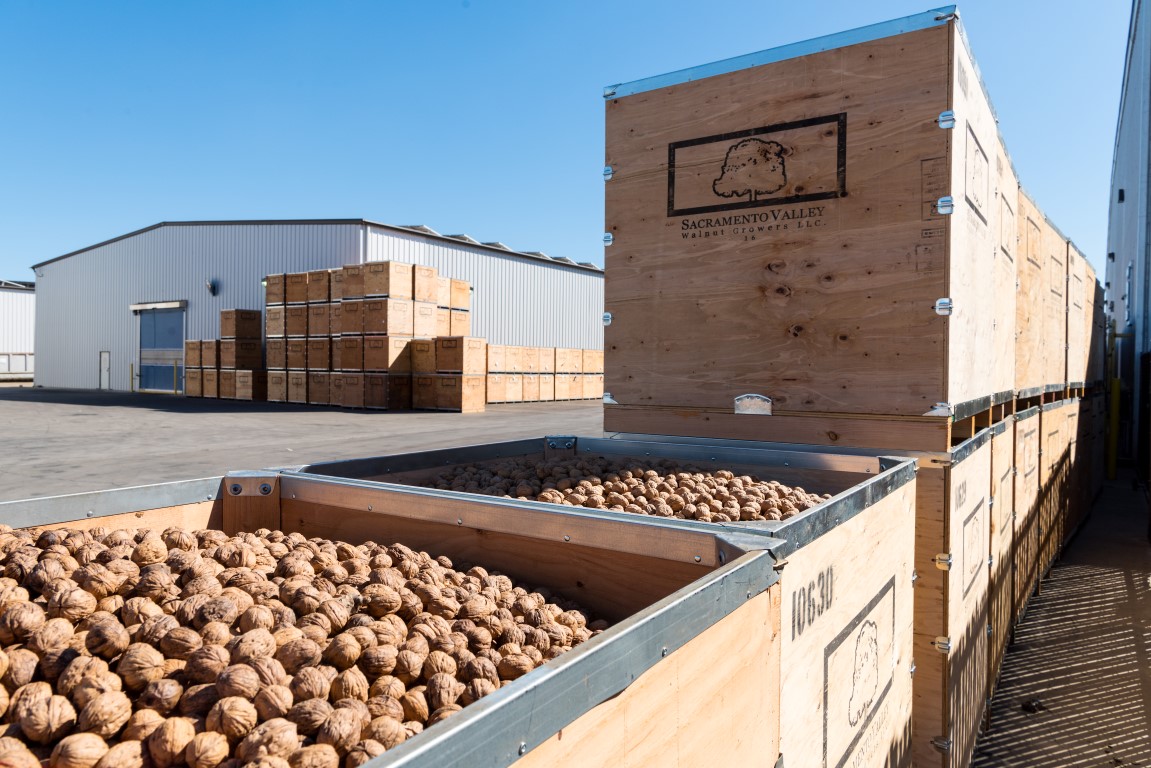The success of walnut storage is in the details. To keep the walnut tasty, healthy, and ready for further processing, it must adhere to several golden rules.
The first one is that the walnut must be well-dried. Moisture is the main enemy, so we strive to reduce it to 8%, and for the kernel - no more than 5%. These indicators ensure the preservation of taste qualities and beneficial properties of the walnuts and prevent the development of harmful microflora. It also ensures longevity and prevents the development of mold. Natural drying under the sun sounds romantic but is not very practical. The modern solution is industrial dryers, which distribute heat evenly and ensure optimal humidity.
The second is the storage conditions. Walnuts like coolness and darkness. The ideal temperature for storage is from 0 to +10 degrees Celsius. The storage must be well-ventilated to prevent moisture retention.
For storing walnuts in the shell, wooden boxes or mesh containers that provide sufficient ventilation and prevent spoilage are ideal. Bags made of natural materials, such as cotton or jute, are also suitable but are less convenient for use in large volumes.
For small volumes, transparent plastic containers with lids can be used, which allow easy monitoring of the product's condition. On an industrial scale, specialized storage systems with regulated temperature and humidity are used.
The walnut kernel is stored separately, as it is more sensitive to moisture and can quickly become a victim of mold. It is stored in airtight containers, often under vacuum or with inert gas inside, to extend the shelf life.
Walnuts with optimal moisture crack easily, while the kernel is whole and does not fall apart. Overdried walnuts crack with too many fragments, while moist nuts are difficult to crack and may have a flabby texture.
By keeping these simple but important rules, you can significantly extend the "life" of the walnut, preserving its useful properties and, as a result, ensuring the high quality of the finished product.
